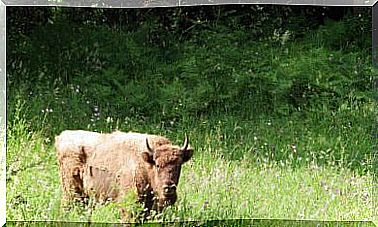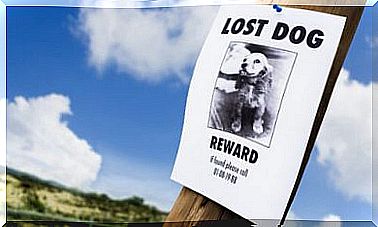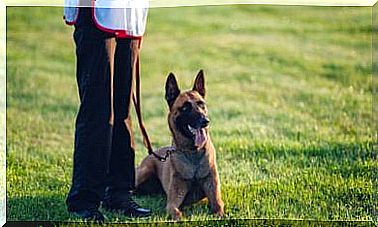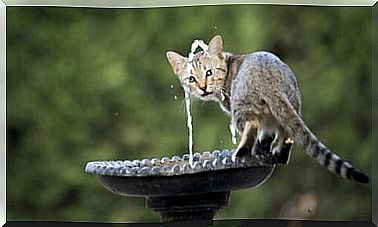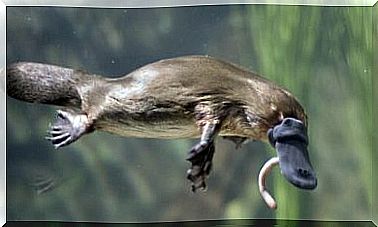Monkeys Adopt An Injured Cub From Another Group

While internet virals seem to illustrate that monkeys frequently adopt other animals, the truth is that this is not common. So it’s worth looking at what happened in the Atlas Mountains in Morocco.
This is the first time that monkeys have adopted a juvenile from another group they have found injured, which some see as an opportunity to rehabilitate Europe’s most trafficked mammal.
Monkeys adopt an injured monkey from another group
Thus, Liz Campbell and her colleagues at Oxford University were able to observe this behavior in the Ifrane National Park, in the Atlas Mountains, one of the last refuges of the Gibraltar monkey, the only member of the Macaca genus to be found outside Asia.
Thus begins the story of Pipo, a three-year-old barn monkey who was injured in a traffic accident, something unfortunately common in Ifrane, due to irresponsible tourism that encourages these animals to be fed by people.
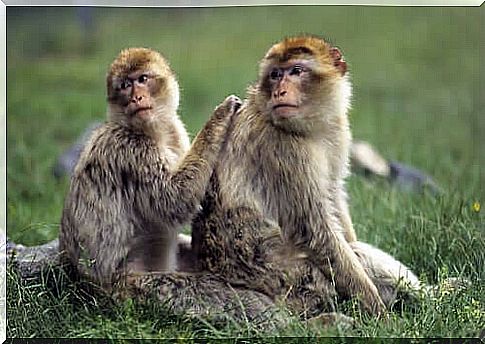
But this little monkey’s luck changed when he encountered another group of Berber monkeys. Unlike other species in which young strangers can even be chased and attacked, these monkeys adopted Pipo for four months, during which time he was treated by members of that group.
Possibilities for primate rehabilitation
Although this behavior has been observed in other cases, it had never occurred with an animal with several years of age, which for researchers is especially interesting when thinking about rehabilitating these primates.
The Berber monkey is the most trafficked mammal in Europe, and dozens of specimens appear on the continent every year. It is believed that most are captured in their habitat, either to become a pet or to take selfies, so stopping poachers may allow some specimens to be re-introduced into the wild.
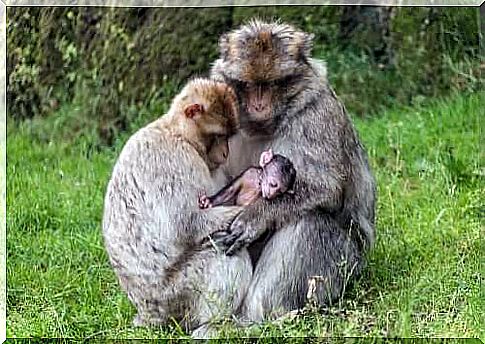
Typically, monkeys adopt animals that belong to close relatives in their group, but adopting an animal from outside the group is also especially notable. Both in captivity and in the wild, these animals need to live in groups. It seems that this possibility could exist in both cases.
In fact, adoption is a common feature at primate rescue centers like AAP Primadomus, where monkeys similar in age to Pipo are rescued, so it’s nothing new in captivity and allows you to pair young animals with larger groups.
Located in Spain, the gateway to illegal animal trafficking in Europe, this center is an example of how these primates resort to such behavior despite the abuse that humans have subjected them to in captivity.
